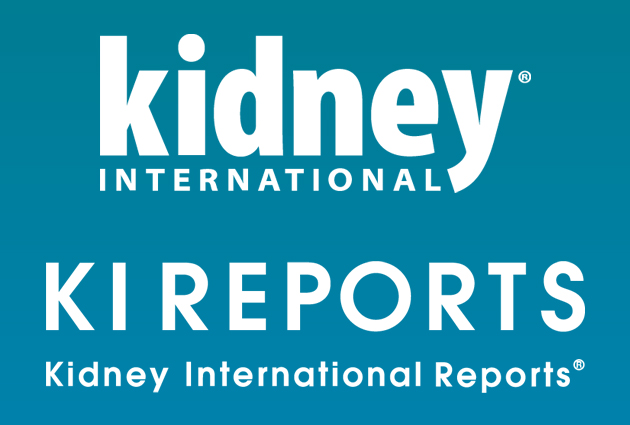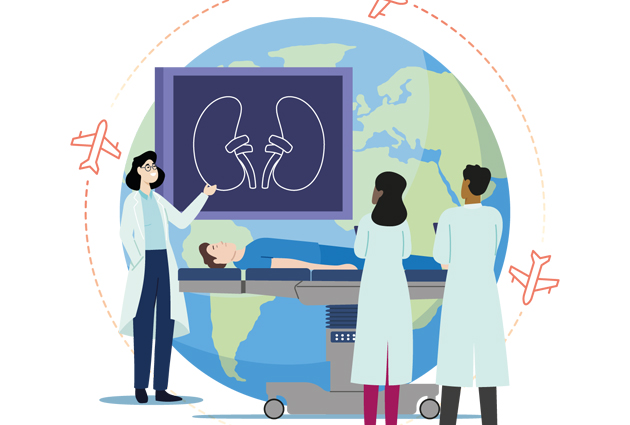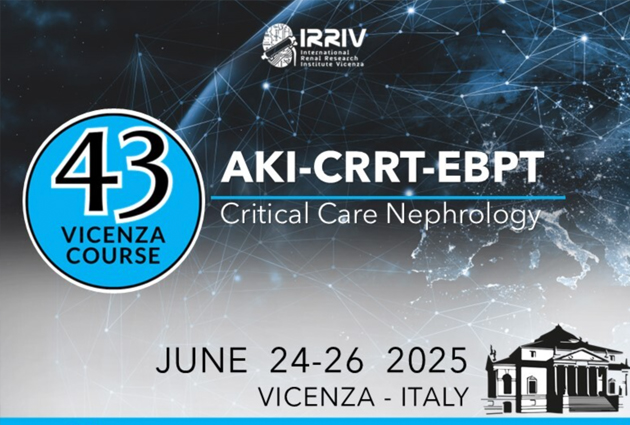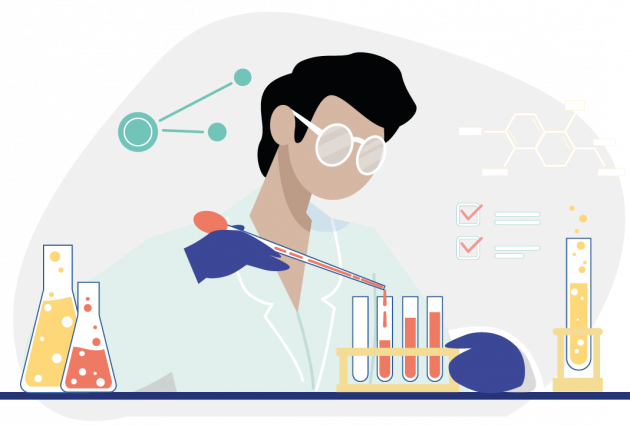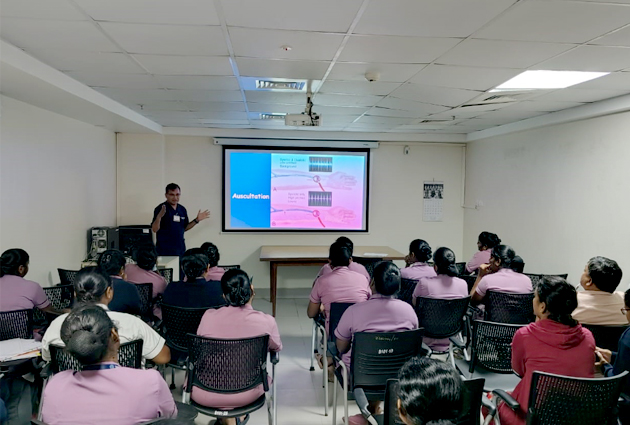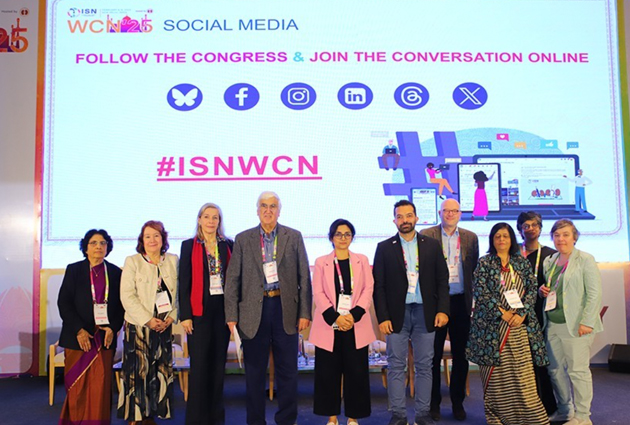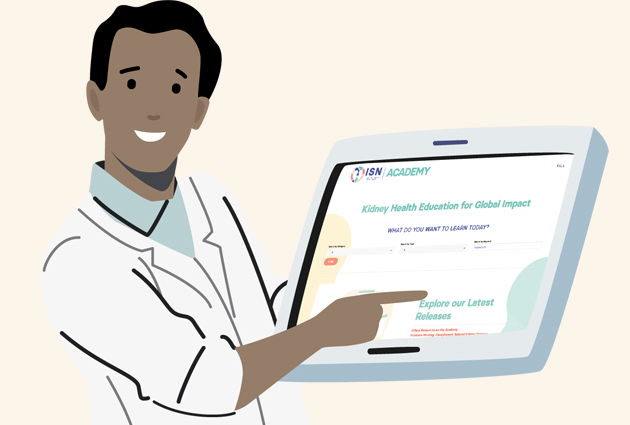Raising Awareness of AKI: A Call to Arms
The following is an ISN Blog entry by Ravi Mehta written in 2013.
Worldwide, acute kidney injury (AKI) is now well recognized to be associated with poor patient outcomes including mortality, development of chronic kidney disease and increased resource utilization. While this knowledge has generated considerable interest and led to significant advances in defining the pathophysiology and underlying mechanisms, there is still considerable lack of understanding of the condition among physicians, allied personnel and the lay public.
Since AKI is not associated with any specific symptoms and the diagnosis is largely based on measurement of lab parameters, it is essential that caregivers be educated on the risks for AKI and equipped with the knowledge for early recognition, timely intervention and effective follow up.
This year, World Kidney Day is focused on AKI and provides a unique opportunity for the nephrology community to raise awareness of this systemic disorder as a preventable and treatable disease. The ISN AKI committee has planned several initiatives in 2013 to address these gaps.
These include establishing a global snapshot of the prevalence and patterns of AKI over a one to two week period where participating centers across the world will record identified data on all AKI patients encountered in the hospital and clinic setting in a secure web based database capturing pertinent information on risk factors, clinical presentation, pertinent investigations and management including biopsies and outcomes from AKI.
We anticipate that this snapshot will provide a rich source of material to describe how AKI presents and is managed across the world. Additionally, we are developing educational modules highlighting specific aspects of the diagnosis and management of AKI worldwide. These instructive cases will be provided as interactive presentations through various forums including the ISN Gateway and also ISN publications and conferences.
Supporting materials for educating physicians, providers, allied health personnel and lay public will be developed to be made available through the ISN Gateway. These would include informational fliers, slide presentations, videos and interactive case based scenarios. Opportunities to disseminate these tools will be explored with the various ISN publications and local societies.
We invite you to join and actively participate in these endeavors. It is only through a concerted collaborative global effort that we will develop the best strategies to defeat this devastating disease.
More information on how to get involved in this year’s WKD campaign CLICK HERE.

